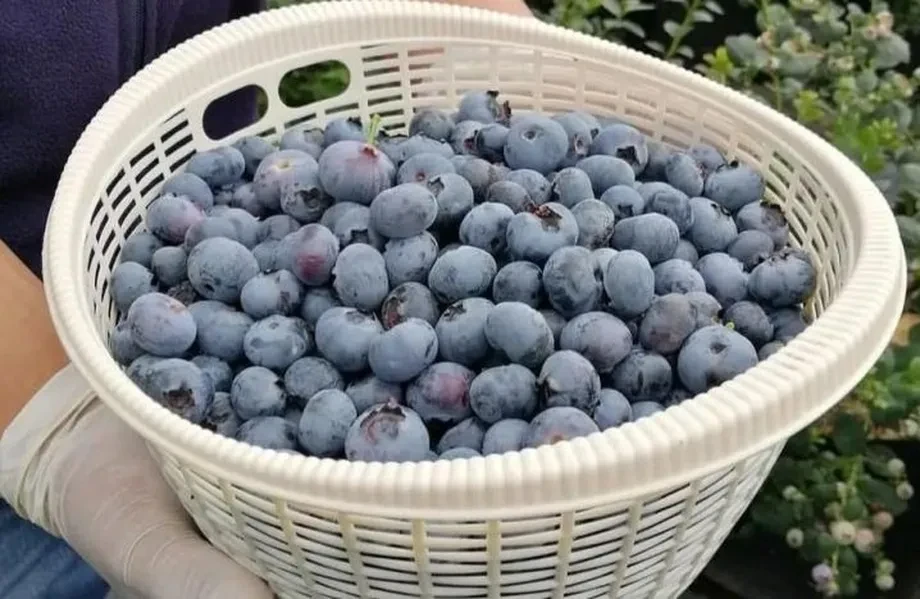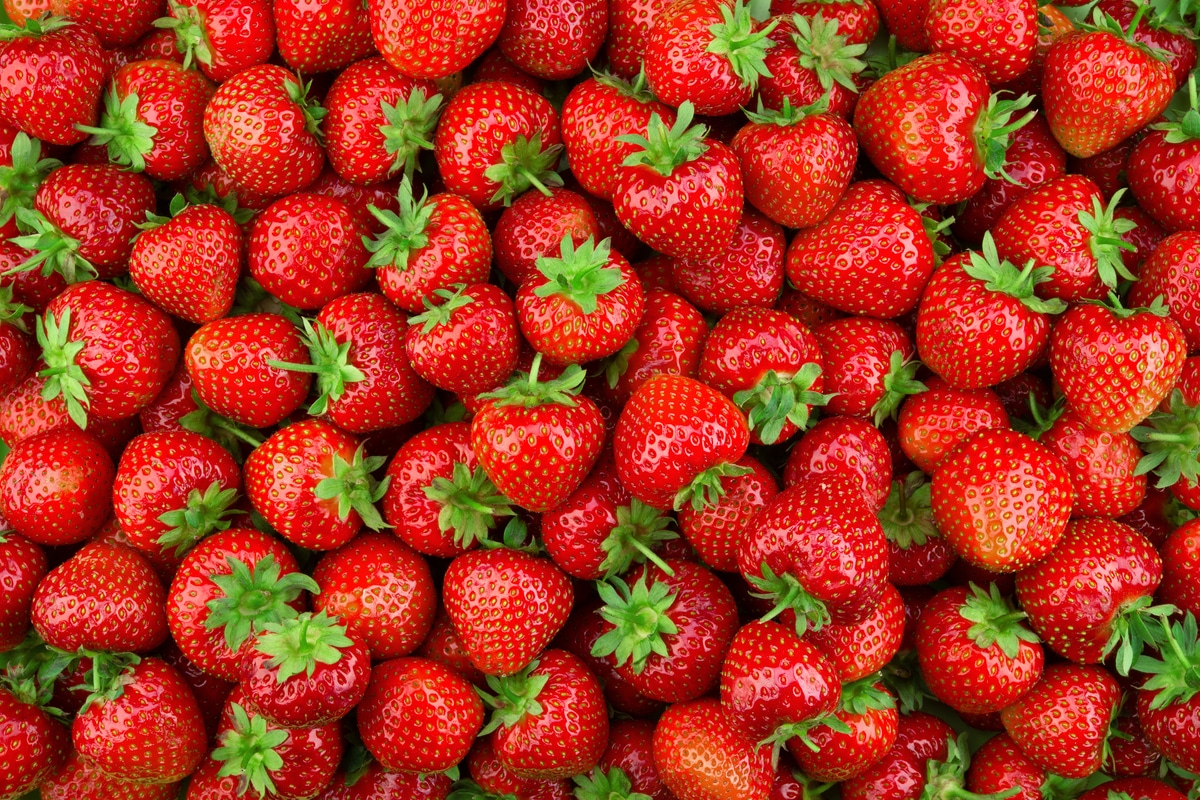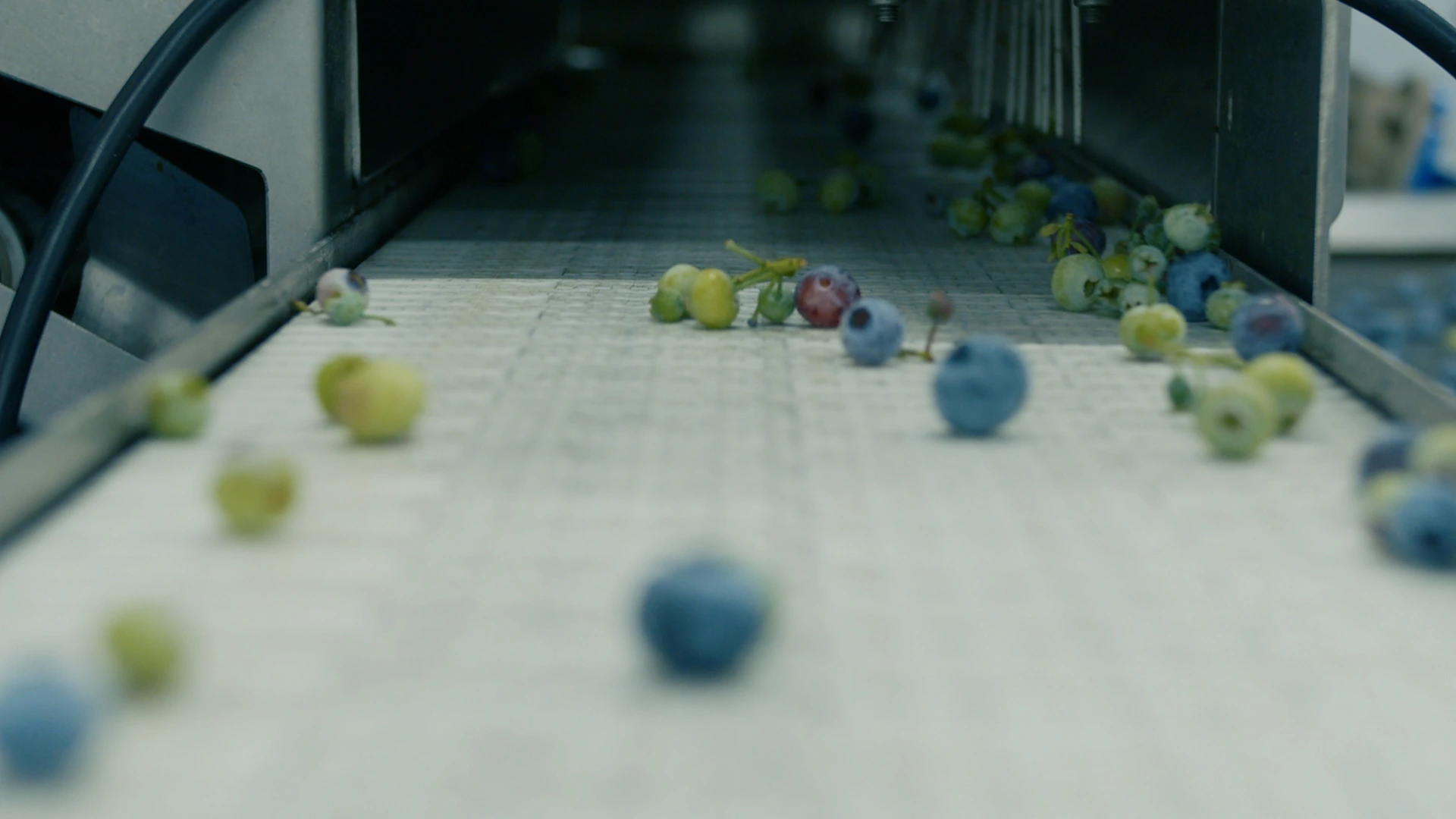Dehydration is one of the main causes of weight and quality loss in berries during the post-harvest phase. In particular, blueberries — due to their delicate structure and high exposed surface area — are especially sensitive to this phenomenon. A comparative analysis conducted by Chilean agronomist Valentina Vesely on cherries, table grapes, and blueberries clearly highlights the most critical stages of the supply chain in terms of water — and consequently weight — loss.
Almost 5% of weight lost: a figure not to be underestimated
According to data collected in various production contexts of the Chilean blueberry industry, the total dehydration of blueberries can reach 4.9%, a percentage higher than that observed in cherries (3.1%) and table grapes (3.5%). This means that for every 100 kg of harvested blueberries, nearly 5 kg are lost solely due to dehydration along the post-harvest chain.
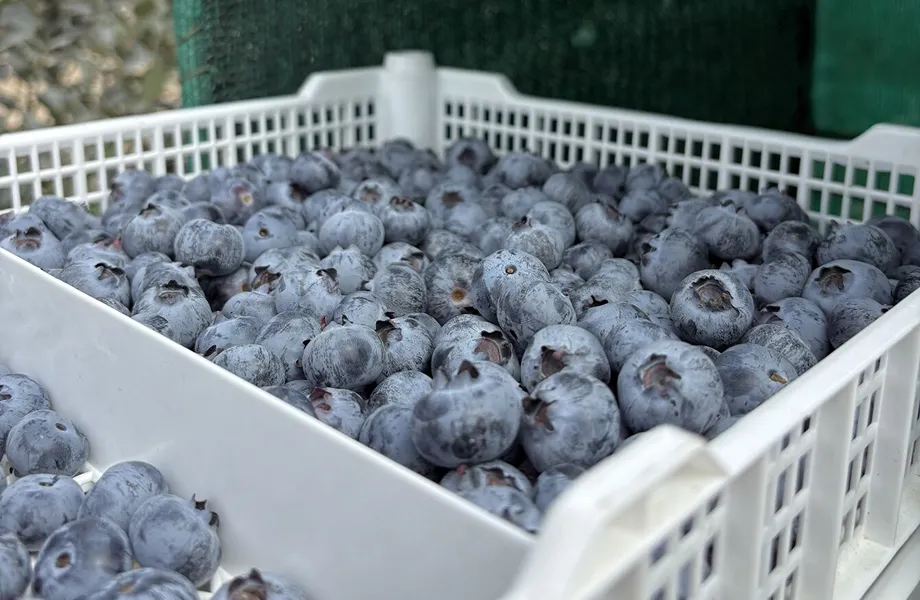
The most critical stages: transport and cold storage
The analysis of Valentina Vesely reveals that sea transport (in this case, 4 weeks from Chile to Europe) alone accounts for 37% of the total weight loss in blueberries. This confirms the criticality of this phase and highlights the urgent need to invest in more effective packaging solutions capable of maintaining a controlled microclimate and limiting evaporation during long journeys to export markets.
In descending order of impact, the following stages contribute to weight loss:
- Harvesting (12%)
- Pre-cooling of raw material (12%)
- Cold storage of the finished product (9%)
- Delivery center (9%)
- Pre-cooling of the finished product (8%)
- Bins (6%)
- Gassing (5%)
- Cold storage of raw material (2%)
This distribution shows that dehydration is not an isolated event, but an accumulation of micro-losses occurring at every stage, often underestimated. Even seemingly brief moments, such as waiting in bins or at collection centers, contribute to the final balance.
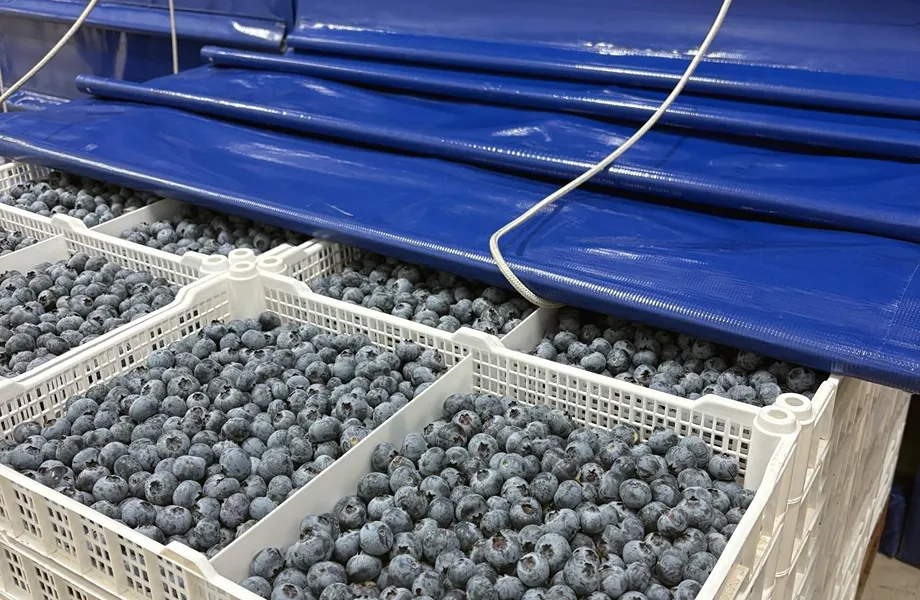
Measurement as a Tool for Improvement
The shared results are not meant to set a universal standard but to offer a realistic snapshot of what happens "on the ground" in real production contexts. Each variety, each geographical area, and each management protocol may produce different data: and that is precisely why measuring is the first step toward improvement.
Investing in tools to monitor weight loss and in specific training for supply chain operators can make the difference between a product that reaches its destination in optimal condition and one that, despite good productive potential, loses value along the way.







